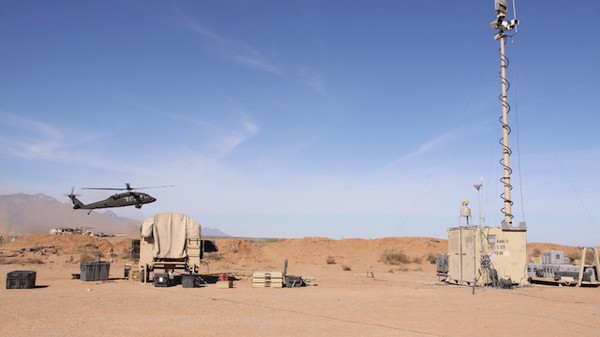
Illustration: Shaye Anderson
In October 2012, nine civil society organizations met in New York and agreed to work together to create the Campaign to Stop Killer Robots. Since its launch six months later in London the campaign has seen increased public awareness, strong media coverage, and the remarkably fast—in diplomatic terms—commencement of diplomatic talks to discuss questions raised by these weapons.
These nascent efforts provide a counterbalance to the obvious push for the development, production, and ultimate use of fully-autonomous weapons systems that continues unabated. As thousands of noted artificial intelligence and robotics experts recently stated in an open letter in opposition to killer robots, weapons systems capable of targeting and killing human beings on their own will be on the battlefield in a matter of years not decades.
The moral, ethical and legal arguments against weapons that can make decisions about who to kill and when are legion, but the push-pull relationships between defense contractors and the military continue to fuel their development. Academic and legal circumlocutions abound that, among other things, drive the notions that technological developments cannot be stopped and that military involvement in advancing technological innovation brings incalculable good to society.
What is inevitable if killer robots make their way to the battlefields of the world is the creation of military necessity where none yet exists.
The relentless drumbeat of the “inevitability” of killer robots is meant to have a deadening effect on people who do not support the idea of allowing machines to kill humans on their own and who are willing to act to stop them. The Campaign to Stop Killer Robots rejects the notion that autonomous killing machines are inevitable. What would make them so would be if the people in all walks of life who believe that unleashing autonomous weapons systems is wrong did nothing in the face of that threat.
What is inevitable if killer robots make their way to the battlefields of the world is the creation of military necessity where none yet exists. No military has yet fielded such weapons so the argument that it is necessary for any military to have them is specious at best. The real “need” is continued global military superiority and dominance.
The research and development of autonomous weapons systems is also fueled by the billions of dollars of contracts thrown at the military weapons industries, which in turn push for more and more money to continue to “innovate” in the military technology field. If killer robots are fielded, military necessity will have been created along with a new arms race spawned by this latest deadly revolution in weaponry.
And one element of this revolution that few have given thought to is the serious likelihood that if killer robots do end up on the battlefield, ultimately they will surely be used by police forces as well. If there is any doubt about that, take a look at the recent legalization in North Dakota of the use of “less than lethal weapons” on drones for law enforcement. North Dakota’s police can now arm drones with tasers, tear gas, pepper spray, rubber bullets and other such weapons. What will come next?
We can and must prevent the development, production, trade and use of killer robots. The development and use of nuclear weapons radically changed the military and security landscape in the world 70 years ago. If we do not stop killer robots now, we are facing another radical transformation of warfare. It is not one we can idly sit back and allow to happen.
Jody Williams is a Nobel Peace Prize Laureate and a founder of the Campaign to Stop Killer Robots.
All Fronts is a series about technology and forever war. Follow along here.





